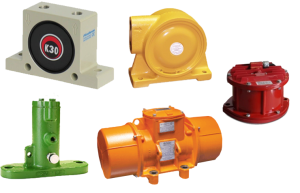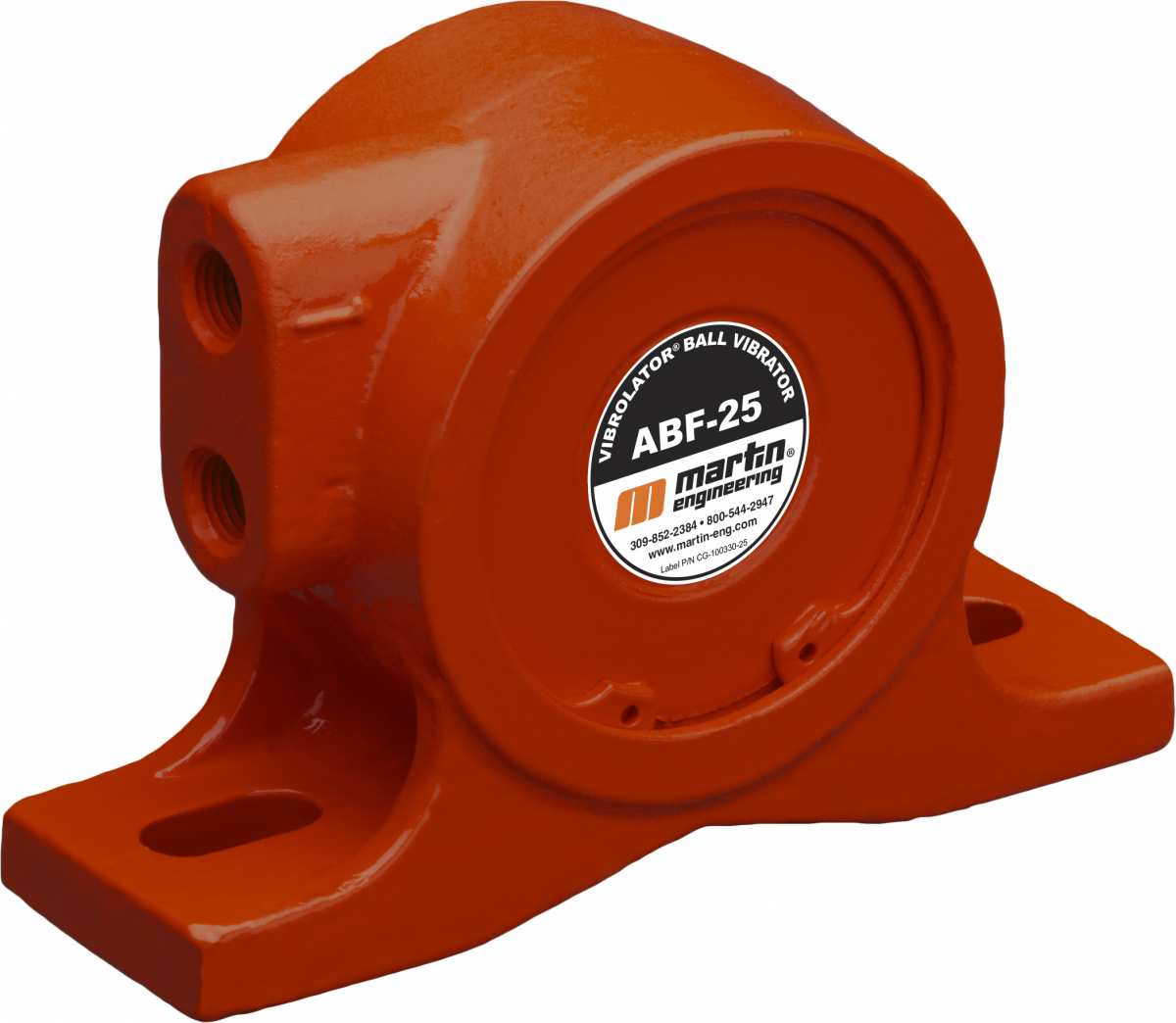Choosing the Right Ball Vibrator for Your Industrial Needs
Ball vibrators are essential components in many industrial applications, aiding in the efficient flow and handling of materials. Selecting the right ball vibrator for your specific needs can significantly impact productivity and operational efficiency. This guide will walk you through the key considerations and types of ball vibrators to help you make an informed decision. Choosing the Right Ball Vibrator for Your Industrial Needs
Understanding Ball Vibrators
Ball vibrators, also known as ball-type vibrators or pneumatic ball vibrators, use a vibrating ball mechanism to produce high-frequency vibrations. These vibrations help to move bulk materials, prevent clogging, and ensure smooth material flow in various industrial processes. The choice of a ball vibrator can affect the performance of equipment and the overall efficiency of your operations.

Key Factors to Consider When Choosing a Ball Vibrator
1. Application and Material Type
Different applications and materials require different types of ball vibrators. Consider the following:
- Material Type: Ball vibrators are used for materials such as powders, granules, and pellets. Ensure the vibrator you choose is suitable for the specific material type you handle.
- Application Environment: Evaluate whether the vibrator will be used in a high-temperature, corrosive, or abrasive environment. This will influence the choice of materials and construction for durability and reliability.
2. Size and Capacity
The size and capacity of the ball vibrator should match the requirements of your equipment and application. Consider the following:
- Vibrator Size: Choose a vibrator size that fits your equipment and space constraints. Larger vibrators may be needed for high-capacity applications, while smaller ones are suitable for more compact setups.
- Capacity Requirements: Assess the volume and flow rate of material you need to handle. The vibrator should be able to handle the required capacity efficiently without causing disruptions.
3. Vibration Frequency and Force
The effectiveness of a ball vibrator depends on its vibration frequency and force. Consider the following:
- Frequency: Higher frequencies are generally used for fine materials and smaller particles, while lower frequencies are suitable for coarser materials. Ensure the vibrator’s frequency range matches your material requirements.
- Force: The force generated by the vibrator affects how well it can move material. Choose a vibrator with sufficient force to handle the material flow and prevent blockages.
4. Power Source
Ball vibrators can be powered by various sources, including pneumatic (air-powered) or electric. Consider the following:
- Pneumatic Ball Vibrators: These are commonly used in industries requiring high vibration force and are suitable for explosive or hazardous environments due to their safety features.
- Electric Ball Vibrators: These are more energy-efficient and suitable for environments where electricity is readily available. They are ideal for applications that require consistent and adjustable vibration levels.
5. Durability and Maintenance
The durability of a ball vibrator is crucial for long-term performance. Consider the following:
- Material Construction: Choose vibrators made from high-quality materials that can withstand wear and tear, especially in harsh environments. Stainless steel or alloy materials are often preferred for their durability.
- Maintenance Requirements: Regular maintenance is essential for optimal performance. Opt for ball vibrators that are easy to maintain and come with accessible parts for routine checks and repairs.
Types of Ball Vibrators
1. Pneumatic Ball Vibrators
Pneumatic ball vibrators use compressed air to generate vibrations. They are suitable for heavy-duty applications and can handle a wide range of materials. They are often used in environments where electrical components are not feasible or safe.
2. Electric Ball Vibrators
Electric ball vibrators are powered by electricity and are known for their efficiency and ease of use. They are ideal for applications where power supply is stable and are often used in production lines and processing equipment.
3. Stainless Steel Ball Vibrators
Stainless steel ball vibrators are designed for corrosive or hygienic environments. They offer superior resistance to rust and corrosion, making them suitable for industries such as food processing and pharmaceuticals.
Installation and Setup
Proper installation and setup are crucial for the effective operation of ball vibrators. Follow these steps:
- Positioning: Place the vibrator in a location where it can effectively interact with the material flow. Ensure it is securely mounted to prevent vibrations from affecting surrounding equipment.
- Adjustment: Adjust the vibration frequency and force according to the material and application requirements. Consult the manufacturer’s guidelines for optimal settings.
- Testing: Test the ball vibrator under actual working conditions to ensure it performs as expected. Make any necessary adjustments based on the test results.
Conclusion
Choosing the right ball vibrator for your industrial needs involves careful consideration of various factors, including application, material type, size, capacity, and power source. By understanding these elements and selecting a suitable vibrator, you can enhance material handling efficiency, reduce downtime, and improve overall productivity. Consult with industry experts and manufacturers to find the best ball vibrator for your specific requirements. https://industrialvibration.com.au/ball-vibrator/


